On Saturday, March 2nd, at (9:01 a.m.) Dhaka surged to the second spot on the global list of cities experiencing severe air pollution, registering a score of 191 on the Air Quality Index (AQI). The AQI values for Kolkata, Yangon, Lahore and Kathmandu, placed them in first, third, fourth, and fifth place, respectively, with scores ranging from 178 to 193.
The AQI categorizes pollution levels into different tiers, with values from 151 to 200 considered 'unhealthy' and 201 to 300 labelled 'very unhealthy.' Beyond 300, the AQI enters the 'hazardous' range, posing significant health risks and necessitating immediate action. This index serves as a vital tool for informing individuals about air quality and the potential health impacts they may face.

Dhaka's AQI calculation in Bangladesh factors in five harmful substances: tiny particles (PM10 and PM2.5), nitrogen dioxide, carbon monoxide, sulfur dioxide, and ozone. The city has long grappled with air pollution, particularly worsening during winter but showing slight improvement during the monsoon season.
According to the World Health Organization (WHO), approximately seven million people worldwide die annually from air pollution-related illnesses, including stroke, heart diseases, chronic lung ailments, lung cancer, and respiratory infections. Addressing air pollution remains a critical global health priority to mitigate these alarming statistics and safeguard public health.



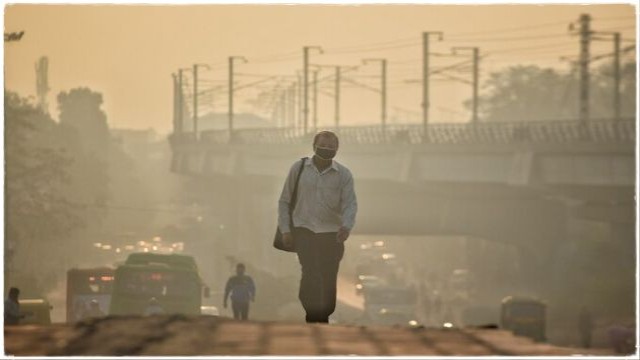
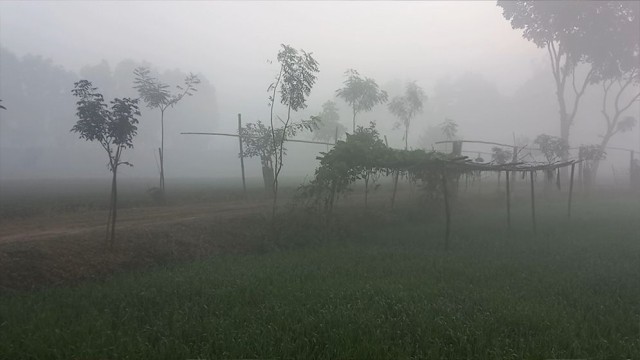

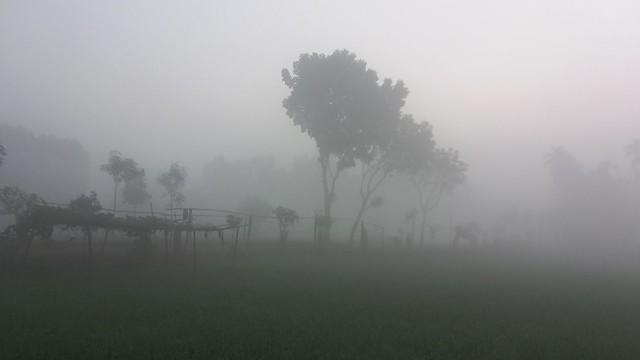
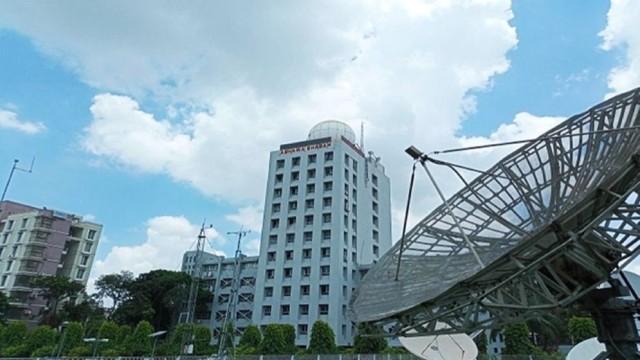
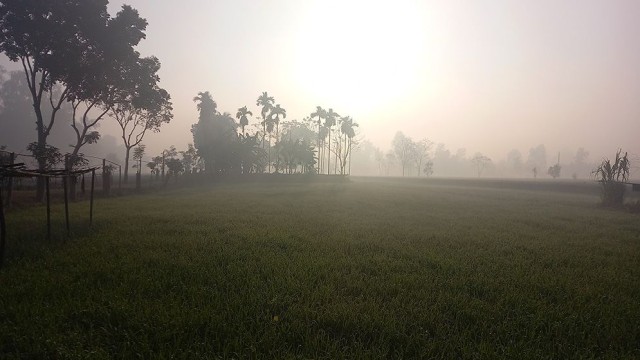
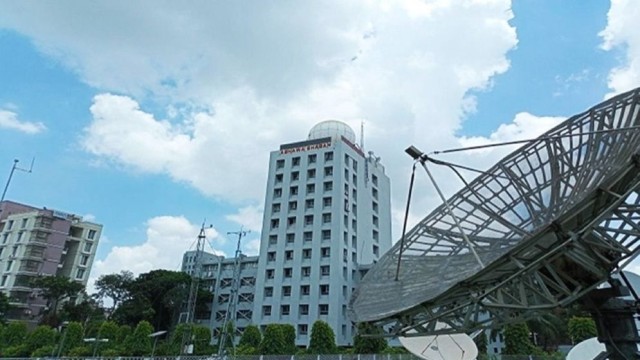

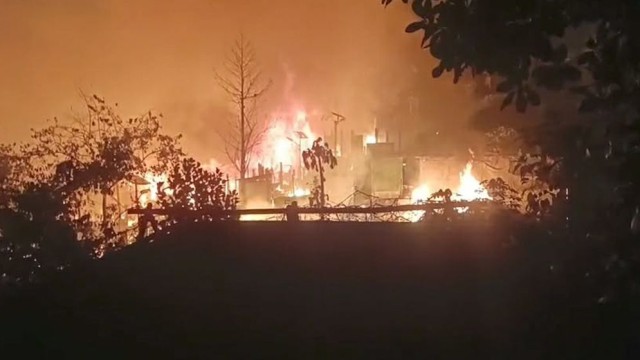



















Comment: